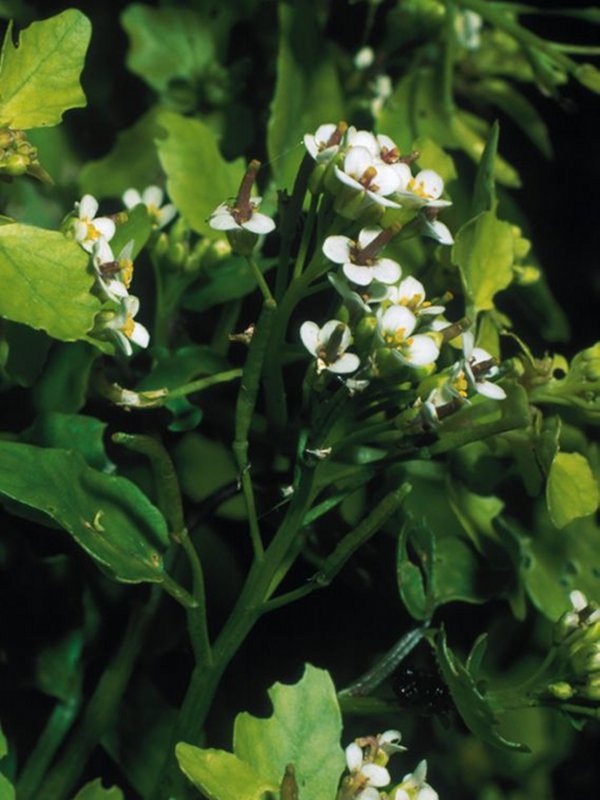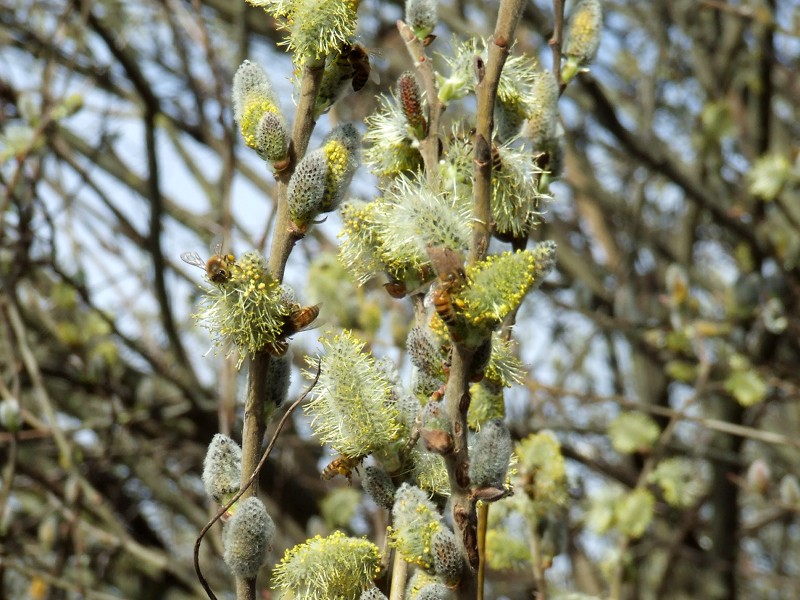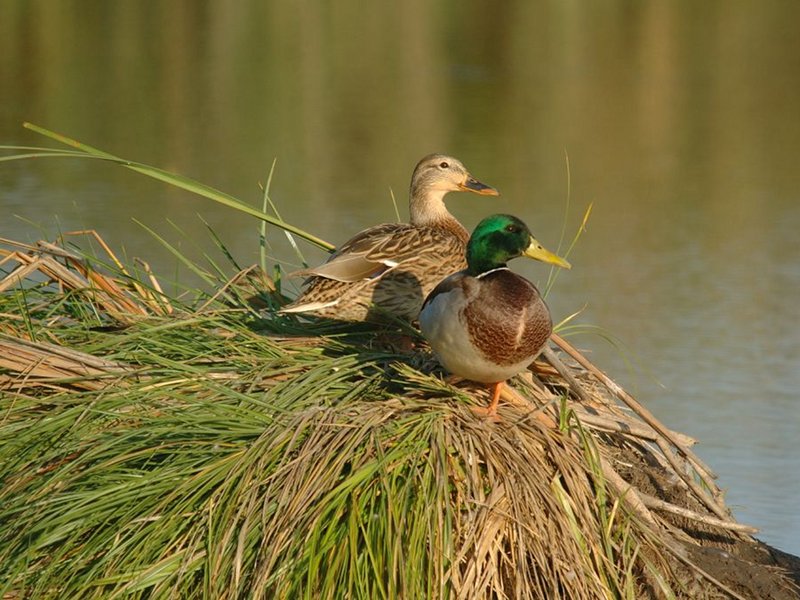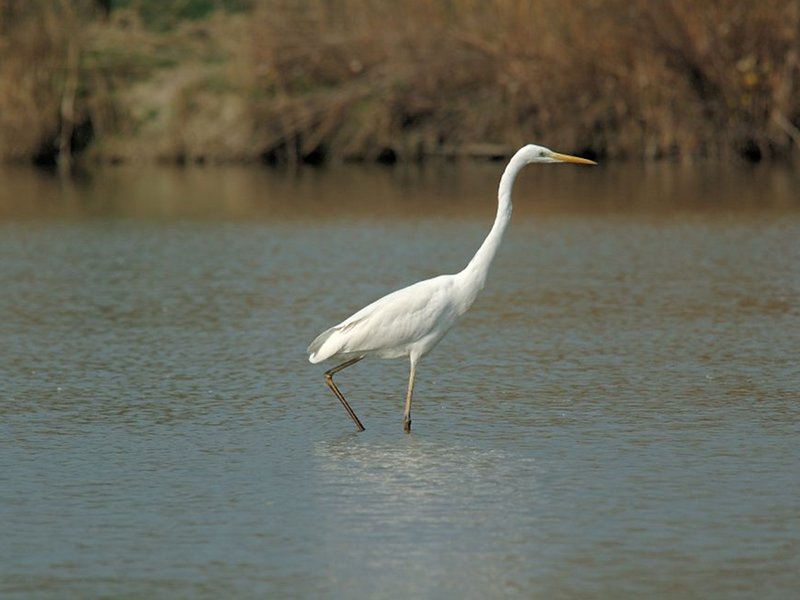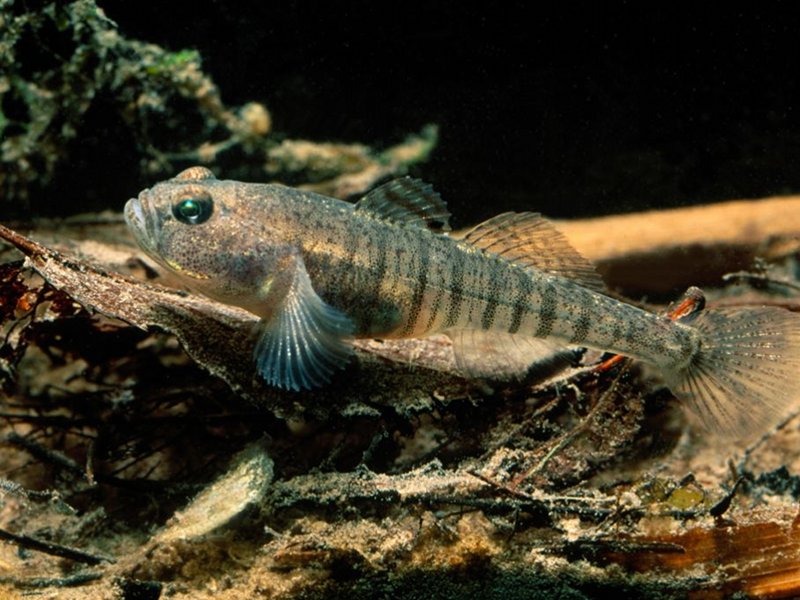Riserva Naturale Orientata Fontanili di Corte Valle Re
www.parchiemiliacentrale.itProtected Area
Identity Card
- Land Surface Area: 37.00 ha
- Lower altitude (m): 31
- Higher altitude (m): 37
- Regions: Emilia Romagna
- Provinces: Reggio Emilia
- Municipalities: Campegine
- Establishment Measures: DCR 893 27/02/1992
- PA Official List: EUAP0258
- Park Authority: Ente di gestione per i Parchi e la Biodiversità Emilia Centrale
Flora
The constant presence of spring water and the particular microenvironmental conditions near the springs favour the development of a rather varied and luxuriant vegetation.
Some resurgences are surrounded by a thin woodland band with black alder, ash willow, alder buckthorn and, to a lesser extent, buckthorns, whose composition is partly due to that of the forests that covered the marshy lowlands of the plain. To these plants are added others not strictly connected to the humid environments, such as black elder, field elm, blackthorn, hawthorn and sanguinello, a vegetable belt that often makes it difficult to get close to the water. Among the herbaceous plants there is the marsh fern (Thelypteris palustris) and the rare rhizomatous vedovina (Succisella inflexa).
The riparian zone of some outflows is dominated by helophytic species, plants with a root system constantly submerged by water: there are various species of sedges, including the caresina (Carex riparia), thick populations of marsh reed (Phragmites australis) and the mazzasorda (Typha latifolia). Some manifest with showy late-spring blooms, such as the water lily (Iris pseudacorus), others perform the entire vegetative cycle in a less showy manner such as the swamp cutlet (Sparganium erectum) and the marsh rush (Cyperus longus).
As the depth of the water increases, the helophytes are progressively replaced by hydrophytes, real aquatic plants capable of creating fascinating underwater worlds: some have floating leaves such as the common brasca (Potamogeton natans), the gamberaia herb Callitriche stagnalis), or the tiny lemnaceae, the latter not anchored to the bottom; others like the water yarrow (Myriophyllum spicatum) and the water plague (Elodea canadensis) are hardly visible because they are completely submerged. In he outflow rods where the water speed is reduced, the watercress (Nasturtium officinale) and the water celery (Apium nodiflorum) grow, while in the stretches characterized by a faster current prevail hydrophytes with submerged stems like the filiform Zannichellia palustris, Potamogeton pectinatus and the rare Groenlandia densa.
Fauna
The Reserve, despite its modest size, is characterized by a remarkable variety of microhabitats capable of supporting a rich wildlife community.
Springs and canals host various fish species characteristic of lowland waters such as bleak and some cyprinids; until a few years ago also the pike (Esox lucius) was reported. Of particular importance is the presence of the Italian spring goby (Knipnowitschia punctatissima), a small goby endemic typical of the Po-Veneto plain, very rare at regional level and closely linked to the plain resurgence environments. It lives on silty substrates rich in submerged aquatic vegetation and has pectoral fins fused together to form a disk that allows it to rest on the bottom, where it feeds. The population of aquatic invertebrates is very rich, in particular species that live in shallow waters near muddy bottoms: among the insects we remember the sigara (Sigara dorsalis), the backswimmer (Notonecta glauca) and the water scorpion (Nepa cinerea) and dragonfly and ephemeral larval stages. To these are added molluscs, gastropods and bivalves, leeches, and isopod crustaceans (very common is Asellus aquaticus).
Three species of amphibians have been counted in the Reserve: the green frog (Rana klepton esculenta esculenta), the Italian tree frog (Hyla intermedia) and the emerald toad (Bufo viridis). The presence of the dotted newt (Lissotriton vulgaris meridionalis) has also been reported. Among the reptiles the most interesting presence is that of the marsh turtle (Emys orbicularis), a species of community interest and a typical inhabitant of the lowland wetlands, but considered in net decline due to the destruction of habitats suitable for its survival. The tessellated snake (Natrix tessellata) is also closely related to the aquatic habitat: gray-olive coloured it is up to a meter or so long. Larger dimensions can reach, on the other hand, the very common collar snake (Natrix natrix) often observable even at a considerable distance from the water. To these are added species with a broader ecological spectrum such as the common wall lizard (Podarcis muralis), the western green lizard (Lacerta bilineata).
Among the most common and most closely related species in the aquatic environment there are the mallard (Anas platyrhynchos) and the water hen (Gallinula chloropus), while more rarely the reed beds are frequented by the little bittern (Ixobrychus minutus). To these are added herons and other ducks in the period of migration. Species typical of marginal lowland environments such as wagtail, corn bunting and lapwing are also observed. Some couples nesting on the ground of the cereal fields are present throughout the year; to these are joined numerous other individuals during migrations which, especially in winter, form large flocks that are clearly visible even from the motorway.
The Reserve, in addition to being frequented by hares (Lepus europaeus) and foxes (Vulpes vulpes), hosts a rich community of small mammals that includes rodents and insectivores. Among the first is the presence of the water vole (Arvicola terrestris), a micro-mammal active both day and night and a skilled swimmer, while among the insectivores most linked to the aquatic environment it is necessary to highlight the presence of the aquatic shrew (Neomys fodiens).




